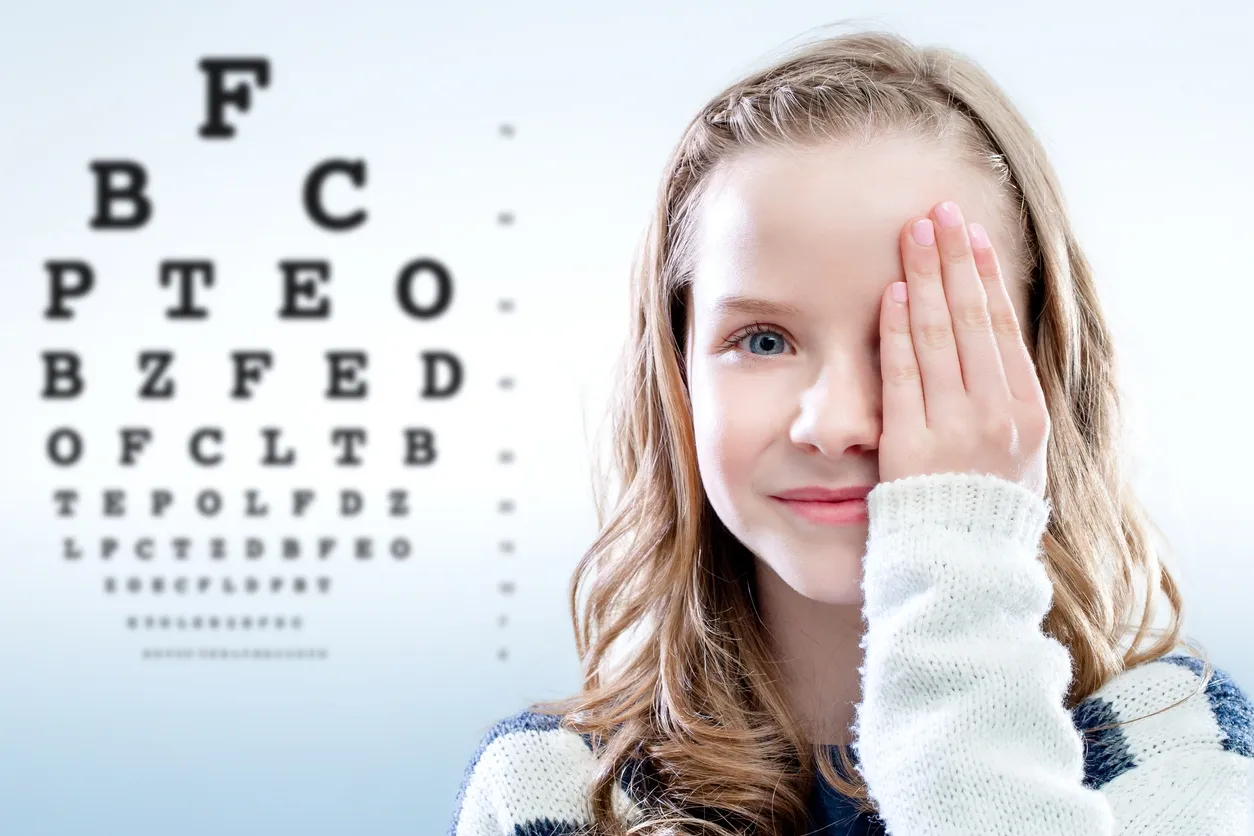Myopia, commonly known as nearsightedness, is a growing concern affecting children worldwide. The prevalence of myopia has been steadily increasing in recent years, leading to various vision-related issues and potential long-term complications. However, there is good news for parents and caregivers who want to proactively address myopia in children. In this blog post, we will explore effective strategies to control myopia in children and discuss the latest trends in myopia control therapy.
Understanding Myopia:
Myopia is a refractive error that causes distant objects to appear blurry, while close objects remain clear. It occurs when the eyeball grows too long or the cornea becomes too curved, leading to light focusing in front of the retina instead of directly on it. While genetics play a significant role in myopia development, environmental factors such as prolonged near work and limited outdoor activities also contribute to its onset and progression.
Effective Strategies for Myopia Control:
- Outdoor Time: Encouraging children to spend more time outdoors has shown promising results in reducing the risk of myopia. Natural light and exposure to the outdoor environment appear to have a protective effect against myopia development.
- Limit Screen Time: Excessive screen time, particularly close-range activities like reading on electronic devices, can strain the eyes and contribute to myopia progression. Set reasonable limits on screen time and encourage regular breaks to minimize eye strain.
- Proper Lighting and Ergonomics: Ensure that children have adequate lighting while studying or engaging in near work activities. Proper ergonomics, including maintaining an appropriate reading distance and posture, can help reduce eye strain.
- Regular Eye Exams: Scheduling routine eye examinations for children is crucial for early detection and intervention of myopia. An eye care professional can monitor their vision and recommend suitable treatment options, if necessary.
Latest Trends in Myopia Control Therapy: As researchers continue to explore new avenues for myopia control, several innovative approaches have emerged. Here are some of the latest trends in myopia control therapy:
- Orthokeratology (Ortho-K): Ortho-K involves using specially designed rigid gas-permeable contact lenses that reshape the cornea overnight, temporarily correcting myopia. This technique provides clear vision during the day without the need for glasses or contact lenses. Ortho-K has shown promising results in slowing down myopia progression.
- Multifocal Contact Lenses: Multifocal contact lenses have different zones that correct vision for both near and far distances simultaneously. By creating a slightly defocused image on the retina, these lenses aim to slow down the elongation of the eyeball, thus controlling myopia progression.
- Low-Dose Atropine Eye Drops: Atropine eye drops in low concentrations have been found effective in slowing down myopia progression in children. Atropine eye drops dilate the pupil and relax the focusing mechanism of the eye, reducing the strain on the eyes and potentially limiting myopia progression.
- Myopia-Control Glasses: Specialized glasses, such as those with peripheral defocus lenses or extended depth of focus lenses, are designed to alter the peripheral image focus and reduce eye strain. These glasses aim to slow down myopia progression and provide clear vision.
Conclusion: Addressing myopia in children requires a multifaceted approach that combines lifestyle modifications and appropriate interventions. Encouraging outdoor activities, limiting screen time, maintaining proper ergonomics, and scheduling regular eye exams are crucial steps in myopia control. Furthermore, the latest trends in myopia control therapy, such as orthokeratology, multifocal contact lenses, low-dose atropine eye drops, and myopia-control glasses, provide additional options for managing myopia progression.



